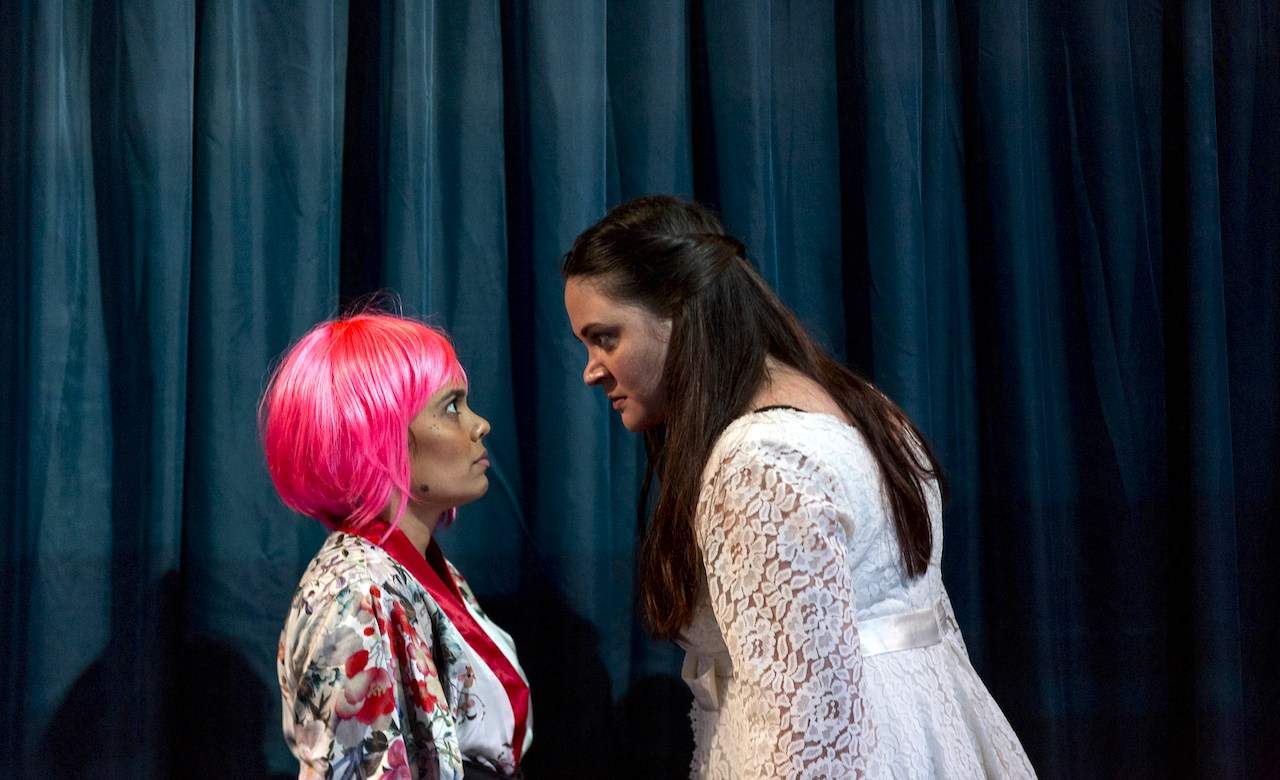Radiance - Belvoir
Three sisters return home for their mother's poorly attended funeral in a classic Australian dramedy.
Overview
Louis Nowra’s 1993 play Radiance has become something of an Australian Indigenous classic in its short life, although it was not written specifically as an Indigenous play. When Rhoda Roberts, Rachel Maza and Lydia Miller originally commissioned Nowra with their own money, their main intention was to create a work with good, interesting characters — and Nowra delivered. The play returns to Belvoir until February 8 under the direction of Leah Purcell, who also performs alongside Shari Sebbens and Miranda Tapsell.
Radiance follows the reconciliation of three estranged sisters who reunite in Northern Queensland for their mother’s funeral. The funeral is poorly attended as it turns out their mum was a piece of work, but as their stories unfold we learn that she was also entertaining, warm and a great lover of men. Mae (Sebbens) has remained at home caring for their mother as she degenerated into an ever more cantankerous grouch, insulting everyone she passed. A group of local teenagers have taken to throwing stones at the house and calling her a witch.
Cressy (Purcell) has been trotting the globe as a successful opera singer, while the youngest, Nona (Tapsell), has been steadily working her way through a long list of boyfriends. The clash of their different versions of the past and the gradual revelations of truth provide the cathartic drama in Nowra’s two-act play.
The three-woman ensemble is excellent, but in some of the opening scenes it seems that the sum of the cast is less than its parts. There’s no doubt that Sebbens is an exceptional performer, as we’ve seen in A Hoax and The Sapphires, but here as the long-suffering, cranky Mae (in the first scene in particular) she is lost. Her hostility towards her two sisters is less dramatic than excruciatingly awkward, and the dynamic between the three is stilted and odd.
While Purcell is a rock solid anchor in this production, perhaps directing from the inside has the drawback that the three-hander scenes are somewhat at sea – the blocking unwieldy and the rhythm rushed. In comparison, the two-hander scenes fire much better and Purcell proves herself as one of the greats of the Australian stage. Tapsell’s rendition of a Madama Butterfly aria using a comprehensive list of Italian cuisine is hilarious.
As the cast settles in to the first few scenes, this production will no doubt cement Radiance’s place as a seminal piece of Australian theatre.





